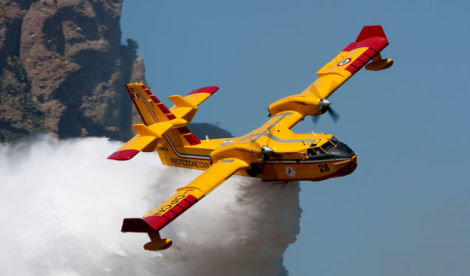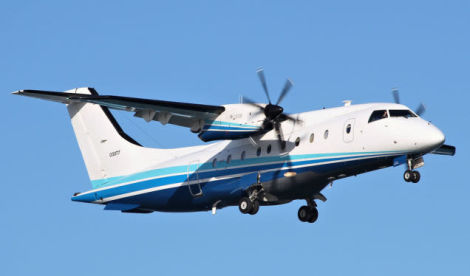Welcome to This Date in Aviation History, getting of you caught up on milestones, important historical events and people in aviation from December 5 through December 7.
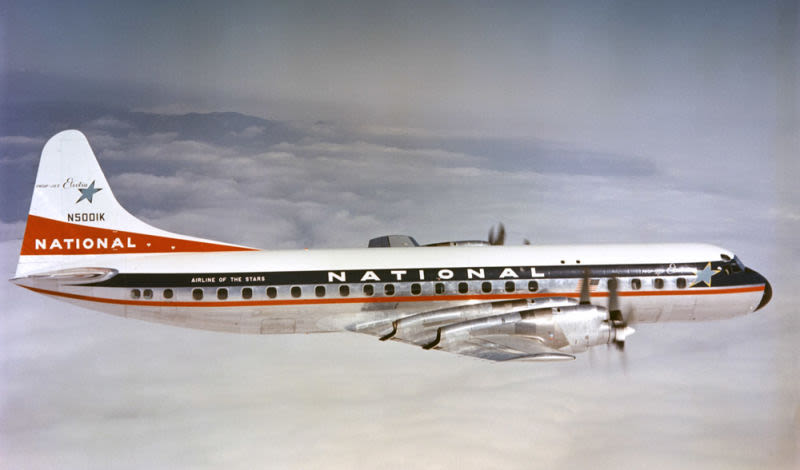
December 6, 1957 – The first flight of the Lockheed L-188 Electra. Lockheed has a long and rich tradition of building fighters, military transport aircraft, and civilian airliners. The mention of the company immediately brings to mind the brilliant P-38 Lightning and the graceful, world-spanning Constellation. The Connie was Lockheed’s most successful large civilian airliner, but the commercial aircraft that followed marked a decline of Lockheed in the civilian market which eventually ended with the L-1011 TriStar and Lockheed’s departure from the civilian airliner market entirely.
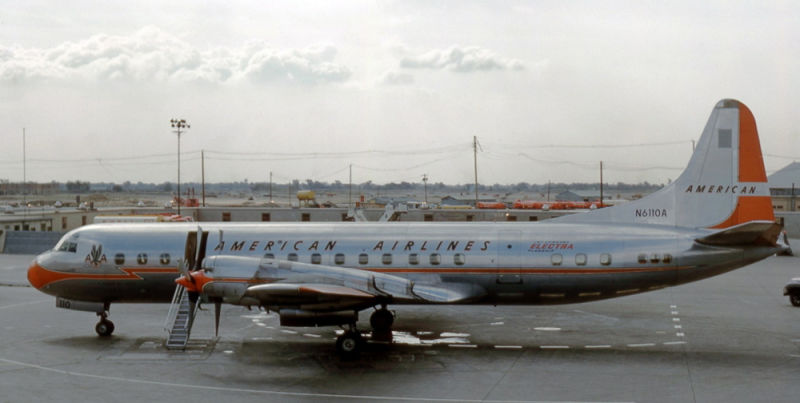
In the 1950s, airlines began to show interest in turboprop-powered airliners as a more effective and economical way to harness the power of the jet engine. Lockheed was caught between the competing interests of American Airlines, who wanted accommodation for 75 passengers and a 2,000 mile range, and Eastern Air Lines, who wanted longer range, a cruising speed of 350 mph, and room for up to 90 passengers. Lockheed had originally designed their turboprop-powered CL-310 to meet American’s specifications, but then responded to Eastern’s requirements by lengthening the fuselage and mounting four Allison 501 turboprops, the civilian version of the Allison T56. Lockheed fitted enormous propellers to the engines mounted them on very short wings, which provided the new airliner with performance that rivaled contemporary jet-powered aircraft. Large Fowler flaps also gave the CL-310 excellent performance on short airfields and at airports in higher elevations. The newly dubbed L-188 Electra, the last in the famous line of Lockheed aircraft to bear the name, was the first large turboprop airliner produced in the United States.
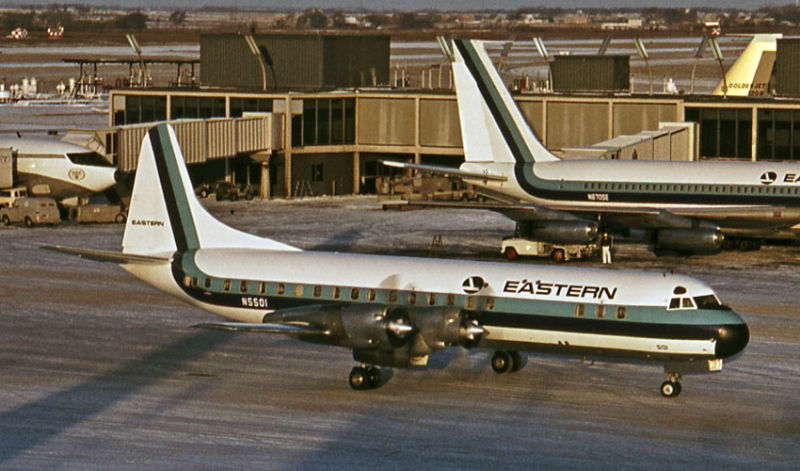
The L-188 entered service with Eastern Air Lines in January 1959, but three fatal accidents in the first year of service raised serious doubts about the safety of the new airliner. Following the crashes, the Federal Aviation Administration mandated lower speeds for the L-188 while they investigated the accidents. The cause of two of the crashes was traced to problems with the engine mounts, specifically a condition known as “whirl mode flutter” in the outboard engines which caused oscillations in the wings that eventually caused the wings to shear off from the fuselage. Lockheed was able to fix the problem by modifying the engine mounts and strengthening the wings, but the L-188 was never quite able to overcome the public perception that it was a dangerous aircraft.
Coming at the same time as the arrival of the turbojet engine in the civilian airliner market, sales of the L-188 plummeted, and production ended in 1961 after the construction of just 170 aircraft. Lockheed ultimately lost over $100 million on the L-188 in development, modification costs, and lawsuits. Though not flown in large numbers, some Electras continued carrying passengers into the 1980s, and many were converted into freighters. And, while Lockheed didn’t find great success with the Electra in the civilian market, the aircraft eventually found a home with the military. In response to a 1957 request for a new maritime surveillance and antisubmarine aircraft to replace the Lockheed P2V Neptune and Martin P5M Marlin, Lockheed developed the L-188 into the P-3 Orion, and ultimately built nearly four times as many Orions as its civilian counterpart.
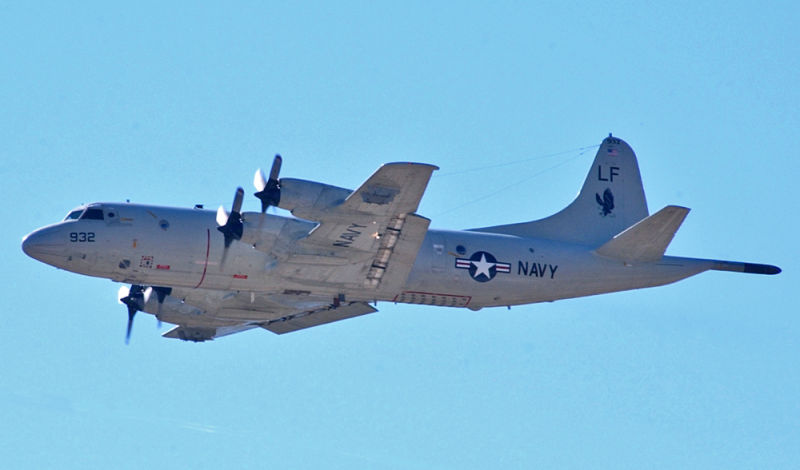
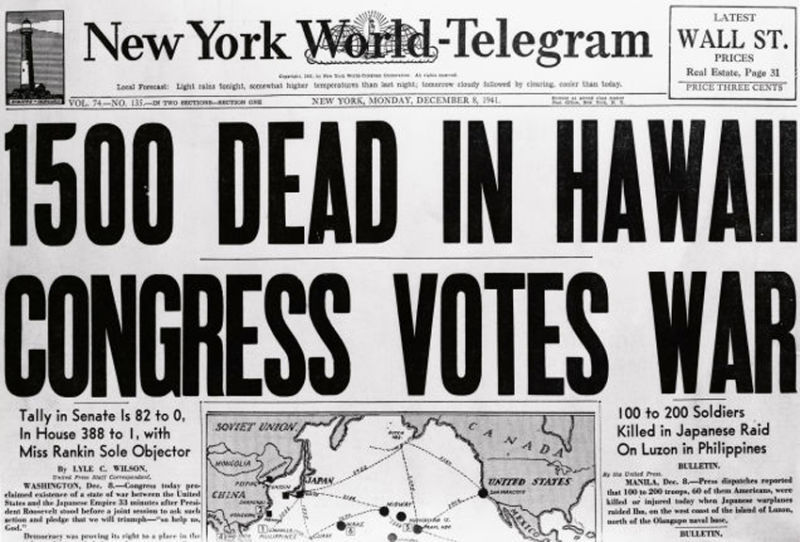
December 7, 1941 – Japan launches a sneak attack on US military bases at Pearl Harbor, Hawaii. As part of a plan to neutralize the American Pacific fleet to facilitate further Japanese conquest in eastern Asia and the western Pacific, six Japanese aircraft carriers launched a sneak attack on American military facilities at Pearl Harbor, Hawaii. The attack sank numerous US Navy ships and killed 2,403 Americans, though the vital American aircraft carriers were out to sea and avoided the Japanese bombs and torpedoes. While it was ultimately a strategic failure, the attack gave American President Franklin Roosevelt the justification he needed to bring the US into World War II. The US declared war on Japan the following day, and against German on December 11.
For the complete story of the attack on Pearl Harbor, please see This Date in Aviation History: December 7, 1941.
Short Takeoff

December 5, 1969 – The death of Claude Dornier. Originally named Claudius, Dornier was born in Kempten im Allgäu in Bavaria on May 14, 1884, the son of a French wine importer (hence his French name). After graduating from the Technical University of Munich in 1907, Dornier went to work for Luftshiffbau Zeppelin in 1910, and soon caught the eye of Count Ferdinand von Zeppelin, who appointed Dornier as his personal scientific advisor. Dornier’s work in metallurgy led to the development of the Zeppelin-Lindau D.I, the first stressed-skin, all-metal aircraft to enter production. Dornier founded his own company, Dornier Flugzeugwerke, in 1914, where he produced some of the iconic aircraft flown by the Luftwaffe in WWII, such as the Do 17 “Flying Pencil” and the Do 335 Pfeil(Arrow).

December 5, 1955 – The death of Glenn L. Martin. Born on April 17, 1886 in Macksburg, Iowa, Martin was an early American aviation pioneer who founded his own aircraft company in 1912. His first successful aircraft was the Martin MB-1, the first purpose-built bomber to serve the United States Army Air Service. The Glenn L. Martin Company went on to create many successful aircraft during WWII, notably the B-26 Marauder and Maryland bombers, as well as large flying boats such as the PBM Mariner and the JRM Mars. Following the war, Martin’s company found success in the aerospace industry with the Vanguard rocket, the first American rocket built specifically for orbital launch. Martin followed the Vanguard with the Titan series of larger rockets. Following Martin’s death in 1955, his company merged to form Martin-Marietta, and that company eventually merged with Lockheed in 1995 to form Lockheed Martin.
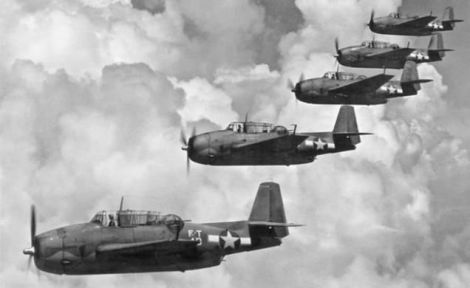
December 5, 1945 – Five Grumman TBM Avenger torpedo bombers disappear in an area known as the Bermuda Triangle. Flight 19 was a routine navigation and bombing training mission that departed from NAS Fort Lauderdale on the Florida coast. The Avengers were scheduled to fly east, drop their bombs, fly north, then turn for home. The lead pilot reported an inoperative compass, and the planes became lost. The Navy presumes that they headed out to sea, ran out of fuel, and crashed, killing all 14 crewmen. Of the two Martin PBM Mariner seaplanes were sent to look for the missing Avengers, one exploded in midair, killing the 13-man crew. The missing aircraft were never found, and the disappearance of Flight 19 has often been touted as an example of mysterious disappearances in the area of the Bermuda Triangle.
December 6, 1993 – The first flight of the Bombardier 415, an amphibious water bomber used to fight fires. The 415 is a scooper aircraft, meaning that it can land on the surface of the water, scoop up a planeload of water, then take off and drop it where needed. A development of the Canadair CL 215, an earlier radial-engine powered aircraft, the 415 is powered by two turboprop engines and can scoop up to 1,620 US gallons of water at a time. Known as the Super Scooper, the 415 has entered service in nine countries, with 90 delivered worldwide. Older CL 215 aircraft are also being retrofitted with new turboprop engines as the CL-215T.
December 6, 1991 – The first flight of the Dornier 328, a turboprop commuter airliner originally produced by Dornier Flugzeugwerke and later by Fairchild Dornier after Fairchild Aircraft acquired the company in 1996. The international consortium produces the 328 in Germany, but conducts sales from their offices in San Antonio, Texas. The 328 is powered by two Pratt & Whitney Canada PW119B turboprops and entered service in 1993. It currently flies for small airlines in 15 countries, serves in the military surveillance and search and rescue roles, and is flown by the US Air Force Special Operations Command as the C-146A Wolfhound. A jet-powered derivative, known as the Fairchild Dornier 328JET, first flew in January 1998.
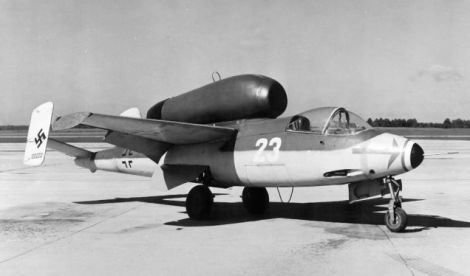
December 6, 1944 – The first flight of the Heinkel He 162. In 1944, Germany launched a desperate program to develop jet powered fighters to combat the waves of Allied bombers flying over Germany. The Emergency Fighter Program produced a number of prototypes, one of which was the Heinkel 162, named the Volksjäger, or People’s Fighter. Built primarily of wood and powered by a single BMW 003 axial flow turbojet mounted on the top of the fuselage, the He 162 was the fastest of the early jet designs of the war and found success against both bombers and fighters. However, like most of the German jet fighters, it was a case of too few aircraft coming too late to have a significant impact on the war’s outcome.
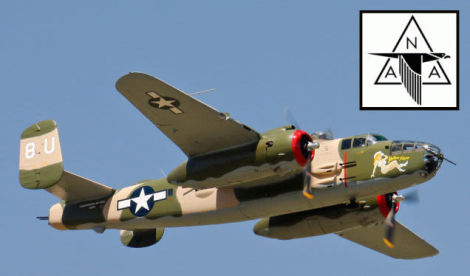
December 6, 1928 – North American Aviation is founded. Though neither a pilot nor aircraft designer, financier Clement Melville Keys originally founded North American Aviation (NAA) as a holding company to manage interests in various other airlines and aircraft companies, but the Air Mail Act of 1934 forced Keys to make NAA its own manufacturing company. During WWII, NAA became one of the preeminent builders of warplanes, including the iconic P-51 Mustang, the B-25 Mitchell medium bomber and the T-6 Texan trainer. In the 1950s, NAA produced America’s first great swept-wing jet fighter in the F-86 Sabre, and worked with experimental aircraft such as the X-15 and XB-70 Valkyrie. For the US space program, NAA manufactured the Apollo Command Service Module and built the second stage of the Saturn V rocket. In 1967, NAA merged with Rockwell-Standard to become North American Rockwell, which changed its name to Rockwell International the following year, and the company ceased to exist in name following a merger with Boeing in 1973.
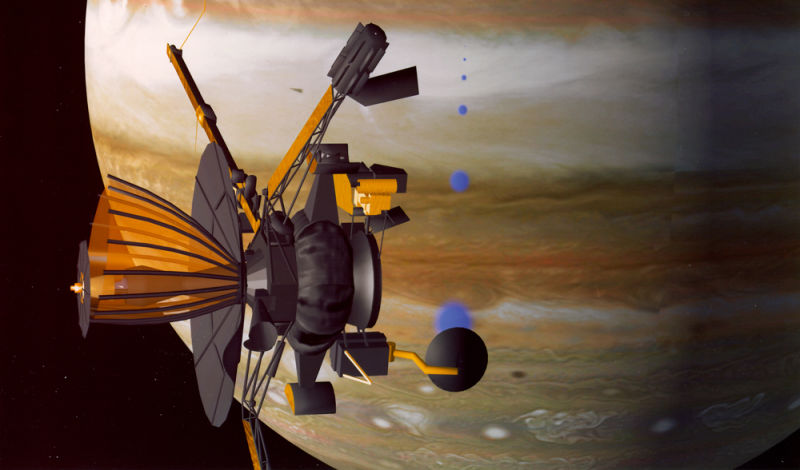
December 7, 1995 – The Galileo space probe arrives at Jupiter. Galileo was launched into space on October 18, 1989 aboard the Space Shuttle Atlantis on STS-34. The combination orbiter and entry probe was the first spacecraft to orbit Jupiter, and was designed to study the planet along with several other celestial bodies in our Solar System. Galileo’s probe was released six months before Galileo reached Jupiter and, during its descent, the probe collected data on cloud composition and measured winds of 190 mph. The Galileo orbiter made its own observations, finding ammonia clouds on Jupiter, confirming volcanic activity on Jupiter’s moon Io, and finding evidence of liquid oceans on the moon Europa, among others. Since Galileo may have been carrying bacteria from Earth, the spacecraft was intentionally crashed on Jupiter to avoid any possible contamination of Jupiter’s moons.
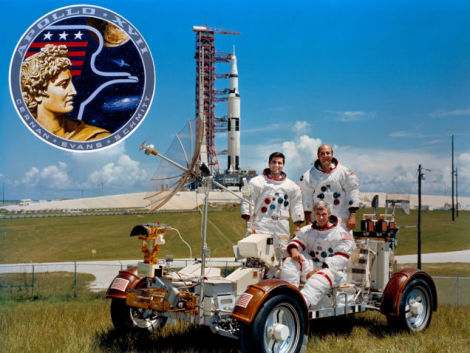
December 7, 1972 – The launch of Apollo 17, the final mission of the Apollo program. Mission Commander Eugene Cernan and Lunar Module pilot Harrison Schmitt spent just over three days on the lunar surface, performing three moonwalks and covering 22 miles in the Lunar Roving Vehicle (LRV), which was left behind on the Moon, while astronaut Ronald Evans remained in lunar orbit as the Command Module pilot. Apollo 17 was the first nighttime launch of an Apollo mission, and the last manned launch of the Saturn V rocket. Apollo 17 also broke the record for the longest manned lunar flight, the longest total time spent exploring the surface of the Moon, the largest return of Moon samples, and the longest time in lunar orbit. Apollo 17 returned to Earth on December 19, 1972.

December 7, 1942 – The first flight of the Bell P-63 Kingcobra, a larger and improved version of the Bell P-39 Airacobra. While the P-39 was one of the principal US fighters at the start of WWII, its lack of a turbo-supercharger hampered its high altitude performance. Development of the P-63 was meant to address that deficiency, and the Kingcobra was also redesigned with a second supercharger as well as a laminar flow wing. The US Army Air Forces showed little interest in the Kingcobra, so the majority of the 3,000 aircraft produced were sent to Russia under the Lend-Lease act, where they fought with great effectiveness, and the Kingcobra proved to be one of the most successful fighters flown by Russia.
Connecting Flights
If you enjoy these Aviation History posts, please let me know in the comments. And if you missed any of the past articles, you can find them all at Planelopnik History. You can also find more stories about aviation, aviators and airplane oddities at Wingspan.
